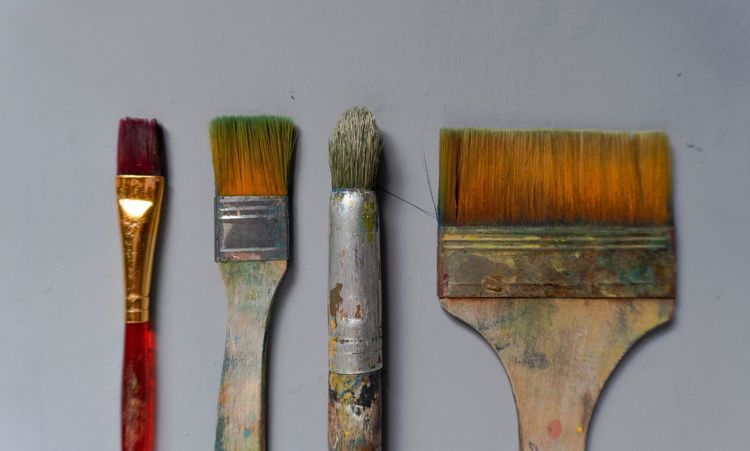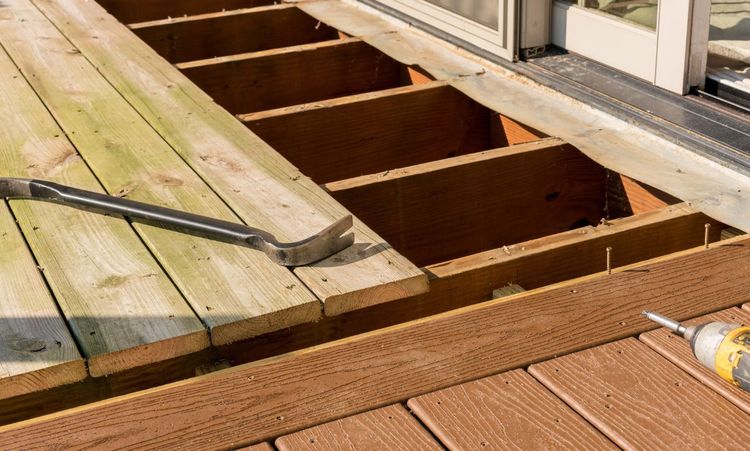There’s something deeply satisfying about looking at your home and knowing you made it better with your own two hands. That’s exactly why I started my DIY home renovation journey. What began as a simple shelf project turned into a full-on obsession with improving my space. Along the way, I learned what works, what doesn’t, and how even small changes can totally transform your home—without breaking the bank.
In this post, I want to give you more than just a list of basic tips. You’ll get real insights, tested ideas, and pro-level tricks that I’ve actually used myself. Whether you’re a total newbie or just looking for your next weekend project, this guide is packed with value. I’ll even show you how to avoid permits, spend less money, and use the right tools to make your home renovation safe and smart.
Let’s dive into the world of DIY home renovation, where anyone with a little motivation and the right guide can create something amazing.
1. What Are the Best Beginner Home Projects That Make a Big Impact?
When you’re just starting out with DIY home renovation, it’s tempting to aim big. But trust me, the best approach is to begin with small wins. These help build confidence, improve your skills, and show visible results—fast.
Here are some beginner home projects I swear by:
Paint an Accent Wall
It’s inexpensive and instantly updates a space. Use bold, modern colors like navy, deep green, or terracotta to give your room depth and personality.
Replace Cabinet Hardware
New knobs or pulls in kitchens and bathrooms can give the illusion of a full remodel. Opt for brushed brass or matte black for a high-end look.
Install Peel-and-Stick Backsplash
This might sound gimmicky, but modern versions are waterproof, stylish, and easy to apply. You don’t need any special tools—just a ruler and a cutter.
Update Light Fixtures
Swap out outdated lights with modern pendants or LED ceiling fixtures. It’s one of the most affordable permit-free upgrades.
Pro Tip: Start in spaces you use daily—like bathrooms, kitchens, and entryways. You’ll notice the difference more and get a boost of motivation.
2. How to Renovate on a Budget: Cheap Remodeling Hacks That Work
The phrase “home renovation” often sounds expensive, but I’ve found countless cheap remodeling hacks that make a big visual difference for little money.
Here’s how I saved thousands:
Hack
Cost
Impact
Use Remnant Wood
Free to $10
Build floating shelves or window frames
Refinish Instead of Replace
$30–$50
Sand and repaint cabinets or wood furniture
Use Paint to "Fake" Expensive Materials
$20
Faux marble or wood grain techniques
Hang Curtains High
$15–$25
Makes ceilings look taller and rooms bigger
Apply Contact Paper
$10–$30
Cover countertops, furniture, or shelves
You can also shop at reclaim centers, browse Facebook Marketplace, or visit Habitat for Humanity ReStores for materials at a fraction of retail cost.
Quick Tip: Use white paint to brighten dark corners or dated paneling. It reflects light and gives a cleaner, more modern look—instantly.
3. What Tools for DIYers Are Worth Buying vs. Borrowing?
When I first started, I wasted money on tools I barely used. So here’s what I’ve learned from experience: invest in essentials, borrow the rest.
Must-Have Tools to Own:
-
Cordless Drill – Your #1 tool for everything
-
Stud Finder – For safe hanging and building
-
Laser Level – Ensures your lines and shelves are straight
-
Utility Knife – Great for flooring, trimming, and more
-
Tape Measure & Speed Square – Accuracy matters
Tools You Can Borrow or Rent:
-
Tile Cutter
-
Table Saw
-
Power Sander
-
Paint Sprayer
Some libraries and hardware stores (like Home Depot's Tool Rental Service) even rent tools by the hour.
Guide: Before you buy any tool, ask yourself: Will I use this more than twice a year? If not, borrowing is smarter.
4. How to Know Which DIY Projects Require Permits (And Which Don’t)
One of the best parts about DIY home renovation is discovering permit-free upgrades. You can do a lot more than you think without getting the city involved.
Projects That Usually DON’T Need Permits:
-
Painting, tiling, and wallpapering
-
Installing shelves or cabinets
-
Swapping out faucets or light fixtures
-
Replacing flooring or countertops
-
Adding non-structural walls (check local code!)
Projects That Often DO Need Permits:
-
Knocking down walls
-
Electrical rewiring
-
Plumbing that changes water lines
-
Roof or structural work
To be sure, check your local building authority’s website or use national resources like USA.gov Home Renovation Guidelines.
Note: Doing work without a required permit can lower your home’s resale value—or worse, get you fined. Always double-check.
5. What Are the Most Overlooked DIY Home Improvements?
Some of the most impactful projects are the ones nobody talks about. Here are a few underrated gems I wish I’d tackled sooner:
Caulking & Sealing
This sounds boring, but adding caulk around tubs, windows, and sinks makes your home look cleaner and protects it from moisture damage.
Smart Thermostat Installation
I was surprised at how easy this was. In less than an hour, I reduced my heating bills and gained more control over my home’s comfort.
Baseboard and Trim Upgrades
Pre-painted trim boards are easy to install and can give any room a crisp, finished feel.
Wall Paneling
Adding modern shiplap or board-and-batten can completely change the look of a wall. Bonus: It’s also permit-free.
Pro Tip: Think about areas guests see first—entryways, powder rooms, or kitchens. These small changes make a big impression.
6. How to Avoid Common Mistakes in DIY Home Renovation Projects
Mistakes are part of learning, but some can be avoided entirely. I’ve learned these the hard way, so you don’t have to.
Common Pitfalls:
-
Skipping Prep Work: Not taping edges before painting leads to sloppy finishes.
-
Not Measuring Twice: Misaligned shelves, uneven tiles, or misplaced holes will haunt you.
-
Ignoring Safety Gear: Always use goggles, gloves, and a dust mask—even for "small jobs."
-
Overestimating Skills: Start with beginner tasks before jumping into electrical or plumbing.
I also recommend checking YouTube tutorials and verified blogs before every project. Just make sure you’re following experienced pros. For example, trusted sites like This Old House offer step-by-step guides backed by experts.
Guide: Before you start any project, ask: Do I fully understand the steps? If not, pause, research, and then continue. Your future self will thank you.
7. What Data and Research Say About DIY Home Renovation Trends (2025)
Understanding the trends can help you choose projects that not only improve your home, but also boost resale value.
According to a 2025 Statista report, the U.S. DIY home improvement market is valued at over $620 billion and growing, driven by cost savings, creative expression, and flexible work-from-home lifestyles.
Top Renovation Trends of 2025:
-
Multifunctional Spaces: More homeowners are converting corners into home offices or workout spots.
-
Sustainable Upgrades: Think bamboo flooring, reclaimed wood, and low-VOC paints.
-
Smart Home Features: Voice-controlled lights and doorbells are now standard in modern upgrades.
Note: If you plan to sell in the next 5 years, focus on improvements that have broad appeal and offer strong ROI—like updated kitchens, energy efficiency, and curb appeal enhancements.
Final Thoughts:
Taking control of your space through DIY home renovation is more than just a money-saver—it’s an investment in yourself. Whether you’re installing shelves, painting cabinets, or diving into a larger remodel, every project builds your skills, boosts your home’s value, and gives you something to be proud of.
We’ve covered everything from smart budgeting to avoiding permit nightmares, with tools and techniques that are actually useful. If you’re still on the fence—just start small. Even one successful project can shift your mindset completely.
So what are you waiting for? Grab that drill and start creating a home that feels 100% yours. And hey, if you ever feel stuck—come back here. I’ll be cheering you on the whole way.




